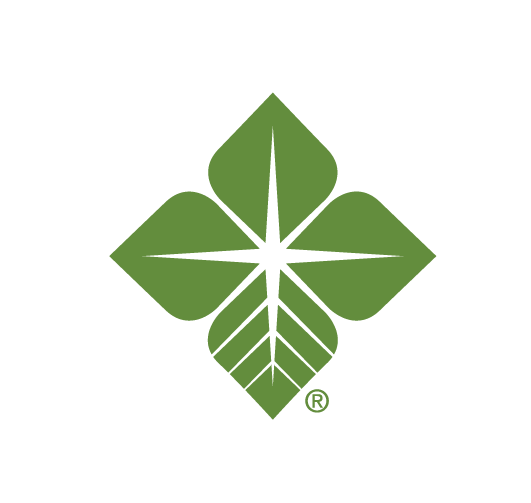JEFFERSON CITY, Mo. (DTN) -- After a relatively quiet start to the 2023 growing season, the first full week of June brought about a flurry of pest infestations and diseases.
Here's a rundown on pest alerts DTN has received this week from extension entomologists, pathologists and crop scouts around the Midwest:
SOYBEAN GALL MIDGE
As DTN reported earlier this week, the first male soybean gall midge of the season was detected in Nebraska on May 26, followed by the first female on May 31 near Mead in east-central Nebraska. By June 4, adults appeared in traps near Wahoo, Havelock and Weeping Water, as well as in northeast Nebraska near Randolph. Read more about this year's initial emergence here: https://www.dtnpf.com/….
On June 6, Iowa reported two male adult soybean gall midges in emergence cages near Sutherland. Since the Soybean Gall Midge Alert Network began monitoring efforts in the state, this is about one week earlier than previous captures. The pest also was discovered in more traps in Nebraska, including near Davey, Memphis, Walton and Syracuse.
White larvae were found on soybean plants near Mead, the epicenter of emergence this year, on June 7. Orange larvae were reported on yellow sweet clover in the area the following day.
For information on scouting and managing for soybean gall midge, visit https://soybeangallmidge.org/….
SOYBEAN APHIDS
In southern Minnesota, Extension Entomologist Bob Koch reports that soybean aphids have begun colonizing soybean fields. The pest was found in fields near St. Paul and Lamberton during the past week. While infestations are still below thresholds for treatments, Koch reminded growers to scout their fields as the month progresses.
Several factors -- such as weather conditions, the quality of the soybean plants and the presence of natural predators -- will determine the ultimate size of any aphid infestation, Koch wrote. He continued that aphids often appear first in early-planted, smaller fields with wooded borders containing buckthorn.
Scouting should begin in mid to late June and continue every seven to 10 days thereafter. Use the threshold of 250 aphids per plant, with most plants infested, as the trigger to apply an insecticide treatment. He added that many soybean aphid populations are resistant to pyrethroid insecticides, and that many treatments will also kill beneficial insects such as parasitic wasps. Read more here: https://blog-crop-news.extension.umn.edu/….
ARMYWORMS
Aphids aren't the only pests active in Minnesota. A large flight of armyworms was detected in grass seed fields in the northwestern part of the state on June 4-5. Currently, small armyworms have been observed in grass waterways, field border and grass hay -- with one report in corn.
According to University of Minnesota integrated pest management specialists, true armyworms prefer to feed on grasses, but soybeans can be defoliated by starving armyworms. Scouting should begin in areas of dense, late-terminated rye, lush grass field borders, grass hayfield or pastures. If they deplete food sources where they hatched, large groups of armyworms will move en masse to nearby corn and small grain fields.
The economic threshold for treatment in whorl-stage corn is the presence of two or more worms on 25% of the corn plants or one or more worms on 75% of the corn. Treatment is recommended for small grain and grass hay when 4-5 worms are present per square foot. A comprehensive list of insecticides and rates labeled for armyworm control can be found here: https://www.ndsu.edu/….
More on scouting for armyworms can be found here: https://blog-crop-news.extension.umn.edu/….
STRIPE RUST
After brutal drought severely affected much of the Kansas winter wheat crop early in the season, more recent cool, rainy weather has led to stripe rust showing up in many central and western counties.
Stripe rust causes the most yield loss when it occurs early in the season and advances to the upper canopy, particularly the flag leaf. While most fields in Kansas are past the pre-harvest intervals for fungicide application, Kansas State University reported that some late-maturing wheat in the state's northwest corner is still in the flowering or early kernel-filling stages.
The application of fungicide should be balanced against the crop's yield potential and current grain prices. Fields with the potential to yield more than 40 bushels per acre should be prioritized for treatment. Read more here: https://eupdate.agronomy.ksu.edu/…
CHARCOAL ROT
Because charcoal rot favors warm soil and dry conditions, it is often thought of as a late-season soybean disease that affects the crop closer to the pod-fill stage. However, these conditions have been present in Missouri during much of the spring, leading to charcoal rot's presence earlier than usual.
On June 8, Mandy Bish at the MU Plant Diagnostic Clinic reported that while more common early season diseases such as pythium and Phytophthora had not yet been found in samples sent to the lab, some had tested positive for charcoal rot. Many, but not all, of the samples came from central and west-central Missouri. This region has been most affected by drought this season.
Symptoms were reported as sporadic in some fields to nearly 75% of a field showing damage. Read more here: https://ipm.missouri.edu/….
Jason Jenkins can be reached at jason.jenkins@dtn.com
Follow him on Twitter @JasonJenkinsDTN
(c) Copyright 2023 DTN, LLC. All rights reserved.
MyAgHeritage Online Banking
Login





